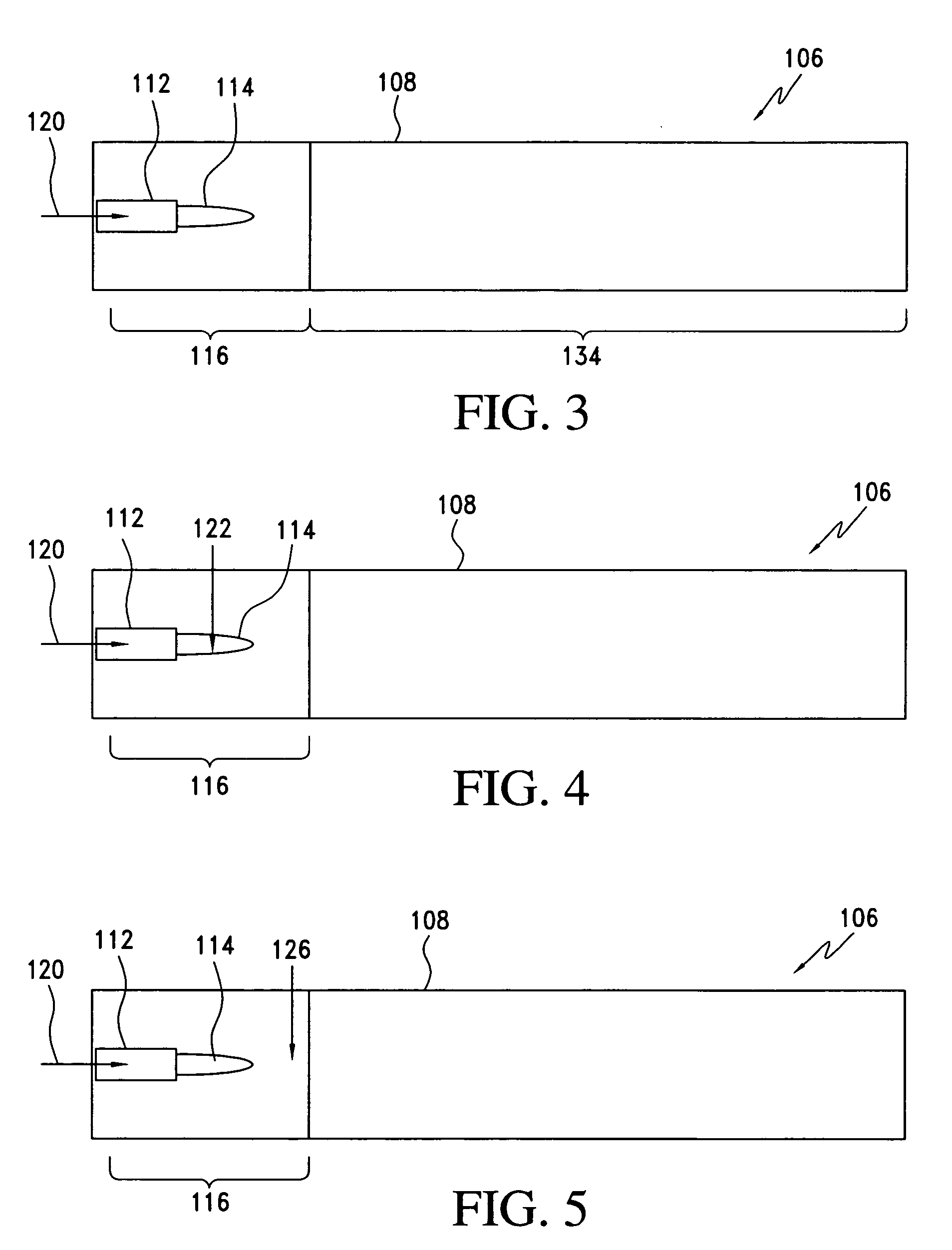Controlling flame temperature in a flame spray reaction process
a flame spray and reaction process technology, applied in the direction of metal/metal-oxide/metal-hydroxide catalysts, magnetic bodies, silicates, etc., can solve the problems of difficult control of the temperature of the flame therein, excessively high temperatures may be undesirable, and the size and other properties of nanoparticles may vary significantly, so as to reduce the temperature of the product particles
- Summary
- Abstract
- Description
- Claims
- Application Information
AI Technical Summary
Benefits of technology
Problems solved by technology
Method used
Image
Examples
example 1
[0221] Cerium 2-ethylhexanoate mixed with toluene is used as the precursor solution for the synthesis of ceria powder. The cerium metal weight percent in the precursor solution varied from 6 to 7.7. The precursor flow rate and dispersion oxygen flow rate were 15 ml / min and 25 SLPM, respectively. Different furnaces were used to change the residence time and temperature profile in the reactor. The surface area of particles varied from 48 m2 / gm to 179 m2 / gm. Scanning electron microscopy (SEM) and tunneling electron microscopy (TEM) analysis of the powder shows that primary particle size varied from 15 to 25 nm and the primary aggregate size varied from 50 to 100 nm. The synthesized ceria powders can be used for catalyst support, chemical mechanical polishing, and as an electrocatalyst.
example 2
[0222] Titanium Diisopropoxide and hexamethyldisiloxane mixed with ethanol is used as the precursor solution for the synthesis of silicon titanium oxide powder. The precursor flow rate varied from 15 to 40 ml / min and dispersing oxygen flow rate varied from 25 to 50 SLPM. The surface area of particles varied from 34 to 120 m2 / gm. The synthesized silicon titanium oxide powders can be used as catalyst and fillers.
PUM
| Property | Measurement | Unit |
|---|---|---|
| Temperature | aaaaa | aaaaa |
| Temperature | aaaaa | aaaaa |
| Angle | aaaaa | aaaaa |
Abstract
Description
Claims
Application Information
 Login to View More
Login to View More - R&D
- Intellectual Property
- Life Sciences
- Materials
- Tech Scout
- Unparalleled Data Quality
- Higher Quality Content
- 60% Fewer Hallucinations
Browse by: Latest US Patents, China's latest patents, Technical Efficacy Thesaurus, Application Domain, Technology Topic, Popular Technical Reports.
© 2025 PatSnap. All rights reserved.Legal|Privacy policy|Modern Slavery Act Transparency Statement|Sitemap|About US| Contact US: help@patsnap.com



